I'm working on an anamaly detection system and I would like to migrate a matplotlib chart to a hvplot one to allow me to hover itens and get the label name.
Someone to help in an equivalent hvplot code ?
Below the chart that I would like to have on hvplot.
And the code to create it:
# pca-one - inlier feature 1, pca-two - inlier feature 2
inliers_pca_one = np.array(X['pca-one'][X['outlier'] == 0]).reshape(-1,1)
inliers_pca_two = np.array(X['pca-two'][X['outlier'] == 0]).reshape(-1,1)
# pca-one - outlier feature 1, pca-two - outlier feature 2
outliers_pca_one = X['pca-one'][X['outlier'] == 1].values.reshape(-1,1)
outliers_pca_two = X['pca-two'][X['outlier'] == 1].values.reshape(-1,1)
plt.figure(figsize=(8, 8))
xx , yy = np.meshgrid(np.linspace(0, 1, 100), np.linspace(0, 1, 100))
# Use threshold value to consider a datapoint inlier or outlier
# threshold = stats.scoreatpercentile(scores_pred,100 * outliers_fraction)
threshold = percentile(scores_pred, 100 * outliers_fraction)
# decision function calculates the raw anomaly score for every point
Z = clf.decision_function(np.c_[xx.ravel(), yy.ravel()]) * -1
Z = Z.reshape(xx.shape)
# fill blue map colormap from minimum anomaly score to threshold value
plt.contourf(xx, yy, Z, levels=np.linspace(Z.min(), threshold, 7),cmap=plt.cm.Blues_r)
# draw red contour line where anomaly score is equal to thresold
a = plt.contour(xx, yy, Z, levels=[threshold],linewidths=2, colors='red')
# fill orange contour lines where range of anomaly score is from threshold to maximum anomaly score
plt.contourf(xx, yy, Z, levels=[threshold, Z.max()],colors='orange')
b = plt.scatter(inliers_pca_one, inliers_pca_two, c='white',s=20, edgecolor='k')
c = plt.scatter(outliers_pca_one, outliers_pca_two, c='black',s=20, edgecolor='k')
plt.axis('tight')
plt.legend([a.collections[0], b,c], ['learned decision function', 'inliers','outliers'],
prop=matplotlib.font_manager.FontProperties(size=20),loc='lower right')
plt.xlim((0, 1))
plt.ylim((0, 1))
plt.title('Cluster-based Local Outlier Factor (CBLOF)')
plt.show();



